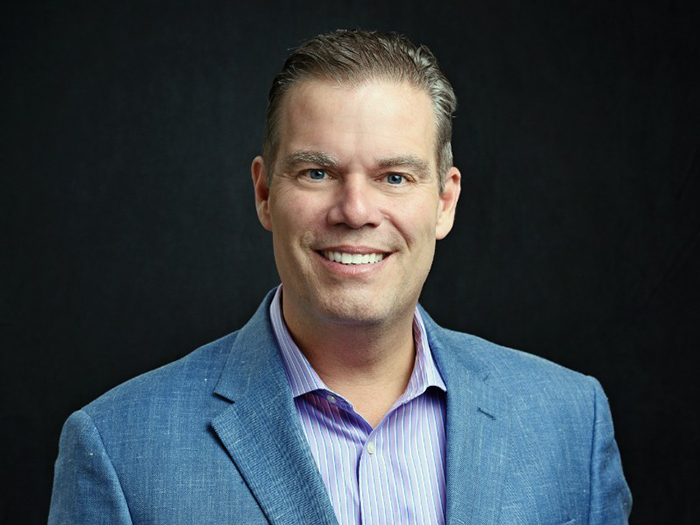COVID-19 Stirs Up an Already Murky Outlook for D&O; Industry Experts Weigh In

Well before the current coronavirus pandemic, the D&O marketplace was hardening.
Now, a pair of coronavirus-related class action lawsuits, one against a pharmaceutical manufacturer and one against a cruise ship line, may herald a wave of D&O litigation. Combined with the economic slowdown caused by the pandemic, this could mean a D&O marketplace that’s even tougher than anticipated.
“Coming into January, we knew we were going to be looking at potentially less capacity in the D&O marketplace,” said Christine Williams, CEO at Aon Financial Services Group.
“I think that trend’s now going to continue. You have insurers who are just managing their aggregate capacity, whether it’s in the U.S., London or Bermuda. That’s something we were worried about January 1, and we’re probably a little bit more worried now, because we do suspect that insurers are going to move away from certain classes of business.”
Renewals and Exclusions to Prep For
Rob Yellen, D&O and fiduciary liability insurance product leader with Willis Towers Watson, agrees: “Renewals this year are largely going to be difficult.
“We were in an already firming D&O market, with pressure on rates and insurers pulling back on the amount of capacity they would extend to D&O,” Yellen explained. “There was already enormous pressure on companies for this year’s renewal, and now we have COVID-19 on top of it. It didn’t cause it, but it made it worse.”
One consequence of this could be a broadening of exclusions.
“Up until the last few months, D&O generally has been so competitive that if you were to put some types of exclusions on, you would be effectively taking yourself out of competition for that account, because there would be so many alternatives available,” said Kevin LaCroix, executive vice president at RT Specialty’s RT ProExec division.
“However, the marketplace was already tightening significantly before the coronavirus outbreak, and now with the disruption of the coronavirus, restrictions that might not have flown in the past may now be unavoidable.”
Williams expects that those exclusions may be directly focused on COVID-19.
“I do think there are going to be insurers that are going to try to put on COVID exclusions, which could be very broad,” he said.
“I don’t think anybody’s going to be looking to change the breadth of the traditional coverage that you get under a D&O policy, but I do think it’s going to be more challenging for certain insureds, and that’s going to continue for the next few months.”
So far, though, Yellen hasn’t seen those exclusions: “We’re not really seeing D&O insurers looking to exclude COVID-19,” he said.
“Some carriers have asked in a specific context, but we haven’t seen anything stick that has a specific COVID-19 exclusion. But we have seen concerns about liquidity. There is a lot of pressure on carriers not to pick up the next bankruptcy if they can avoid it.”
Individual Industries Take the Hardest Hits
Impacts could vary greatly by industry.
“We’ve already seen that, as a result of the disparate impact on different kinds of companies … different sectors have become more suspect,” said LaCroix.
“Airlines, hotels, casinos, cruise lines, movie theaters, restaurants chains — there are a number of industries that are being disproportionately impacted by this, although obviously there are some industries that are doing better — teleconferencing services, Campbell soup, Amazon. So it’s playing out differently in different segments of our economy. The underwriters are very aware of that, and that has changed how they are responding to submissions depending on industry.”
That said, the impacts may still be broad. “Everybody’s going to have exposure,” said Williams. “No one’s going to be immune.”
A Silver Lining?
Still, for many insureds, the pandemic won’t make things worse than they were already poised to be.
“Luckily, so far we have seen few knee-jerk reactions from insurers,” Yellen said.
“They seem to be looking at things on a case-by-case basis. For some accounts, the change year-over-year won’t be out of line with last year’s projections, compared to those that have been impacted, [like] targeted segments, companies exposed to liquidity concerns or indirectly targeted, those with supply chains impacted or who face issues downstream.”
But as impacts of the slowdown spread to more industries, insurers could become more broadly concerned. “You might also see that with the bankruptcy situation, certain vendors declare bankruptcy and that may have a cascading effect,” said Yellen.
“It’s not just the cruise lines, but all their suppliers and vendors.”
Conducting Business in COVID-19’s Wake
The coronavirus may also impact how insurers do business.
“Several D&O insurers have introduced COVID-19 questionnaires, asking about the company’s response to the coronavirus and how it’s impacting their operations,” said LaCroix.
“And I expect that to continue. I expect it to become more widespread, and I suspect there will be a lot more financial underwriting as underwriters seek to determine whether a company that in the past may have been financially solid may become financially weaker and even an insolvency candidate as a result of cash flow interruptions, things like that.”
Brokers and insureds may have to change their approach, as well.
“I think it’s going to be increasingly difficult to build a large program of $500-$600 million of full ABC coverage,” said Williams. “You have insurer capacity potentially going out of the market and not enough capacity coming in. So I think the ways the programs are structured are going to be looking different.”
Williams also sees an increase in more creative program structures.
“Insurers will be asking for clients to have more skin in the game, particularly on retention,” Williams said. “Co-insurance is something else that we’ve been seeing and an exploration of captives and reinsurance for some larger deals.”
For the moment, most companies should be well covered by their current D&O policy.
“We’ve been in a competitive marketplace for really 20 years or close to it,” said LaCroix.
“And during that time, competition has broadened the scope of coverage, narrowed the exclusions, made the terms and conditions relatively more policyholder-friendly than before.
“So the potential good news is, for many organizations that might experience a D&O claim, if they had D&O cover in place, they’re going to have relatively broad cover to respond, including relatively broad entity liability coverage,” he said. “So just as a general matter, I think many companies will be able to turn to their D&O coverage for protection in the event of a D&O claim arising out of this, but ultimately the insurance companies will make their coverage determinations based on the policy wording and facts and circumstances of each claim.”
But Yellen advises that how insureds handle claims now could help or hurt them at renewal time.
“The bigger challenge is not how to change their business or resolve the financial challenges, the bigger issue is how do you tee yourself up for renewal, how do maximize the value of your insurance?” said Yellen.
“And that means understanding when you have a claim against you. Today’s D&O products are really well refined and broad and may encompass things you may not expect. It may trigger obligations under the policy that, if not met, could jeopardize coverage not just for the claim in question, but also going forward.” &












